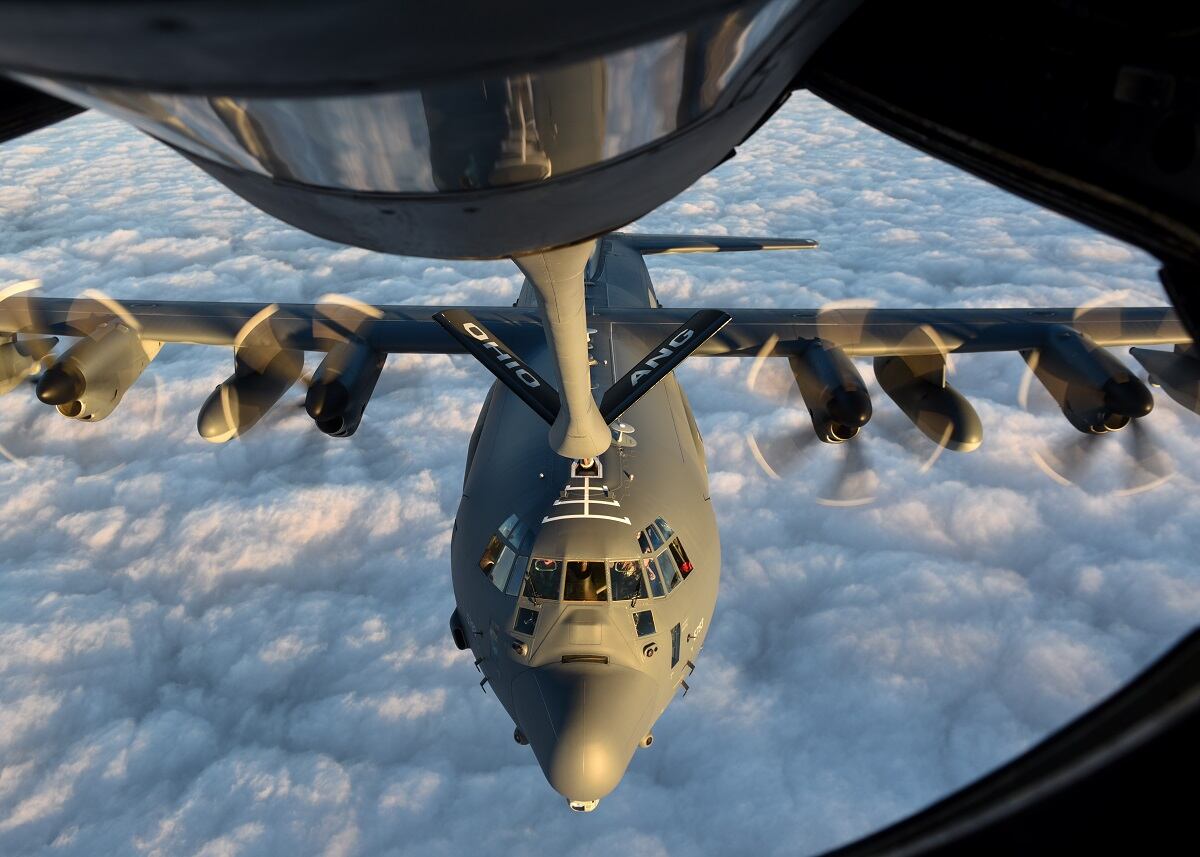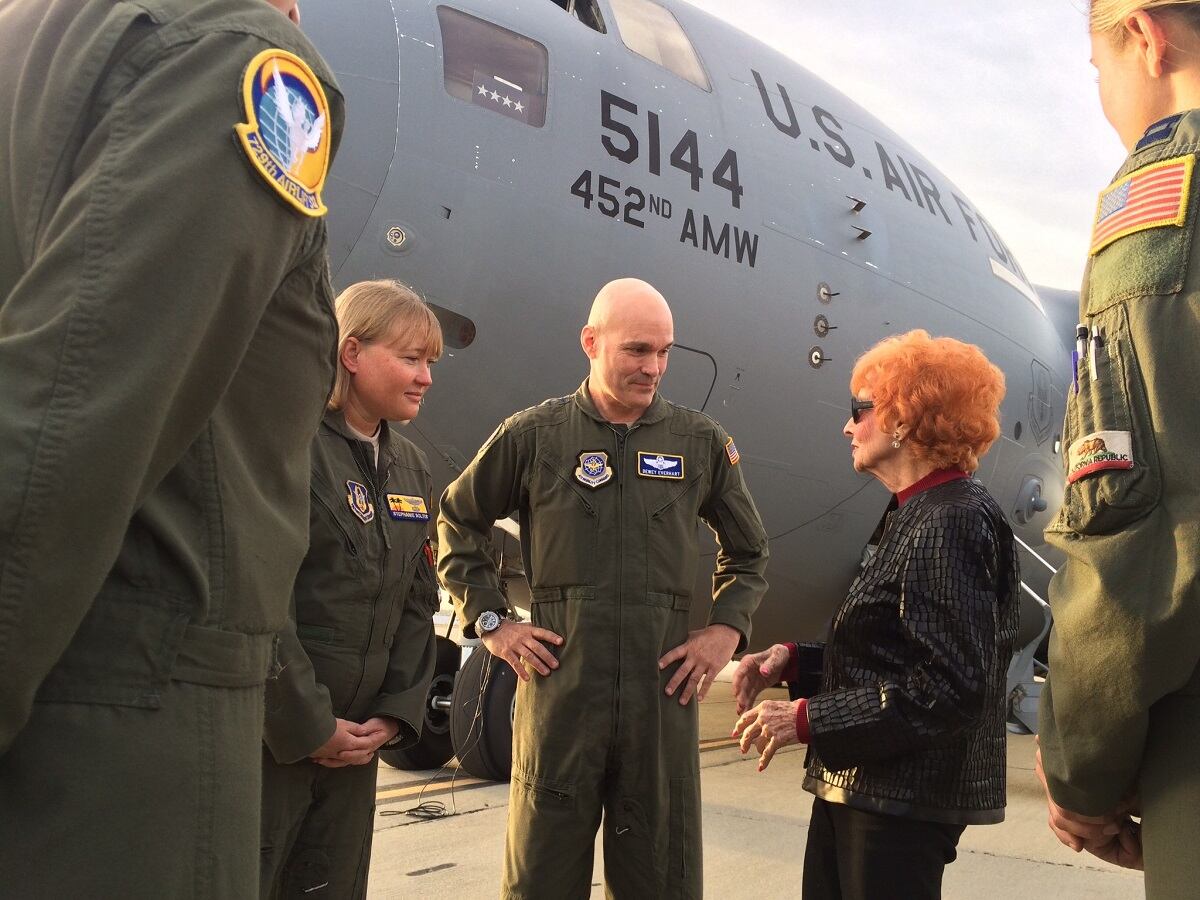With today’s high operational tempo, dynamic and ever-changing threats, aging aircraft fleets and resource challenges, innovation is key to Air Mobility Command’s successful operations.
To sustain the excellence the Air Force is known for and to optimize the readiness of airmen charged with ensuring rapid global mobility, we must seek out and embrace change. We cannot pursue innovation and efficiencies in a comfortable, incremental manner. We must take bold leaps to leverage technologies and improve processes faster than bureaucracy to maintain a strategic advantage over adversaries.
Air Mobility Command’s Phoenix Spark program breaks down stovepipes and flattens the corporate structure to encourage airmen to share their concerns and offer solutions. A Phoenix Spark hallmark is that it is a grassroots effort, run by first-line airmen who live the mission. The program empowers bold airmen to be innovative, and to use fresh ideas to solve workplace problems. Commanders are key to this process, as they deliberately allow time for airmen to explore and develop innovative concepts.
Mobility airmen quickly and enthusiastically embraced Phoenix Spark and have churned out dozens of initiatives that make them more effective, ready, and lethal when called upon. Airmen have adopted a culture that allows them to think at the speed of relevance and innovate without undue constraint or bureaucratic shackles. They are breaking paradigms and identifying ways to overcome age-old challenges, working with industry partners and learning where corporate best practices can be applied to military operations.

Air Mobility Command airmen are leading the way.
Dover Air Force Base airmen collaborated with the Air Force Research Laboratory’s Advanced Power Technology Office and industry to enhance fuel efficiency via the installation of microvane apparatuses to reduce the drag on aircraft. Further, Dover is looking at the use of synthetic tie downs and winch cables to secure cargo instead of heavier cords, straps and steel chains. This action removes excess weight from the aircraft.
Master Sgt. Bartek Bachleda, a 22nd Air Refueling Wing aircraft boom instructor from McConnell Air Force Base, Kansas, won the inaugural Air Force Spark Tank Competition Cup for re-engineering the boom operator instructor platform position for the entire KC-135 fleet. This innovation promises to reduce back and neck injury risk for our mission-critical boom operators, enhancing mission readiness.
RELATED

Charleston AFB, S.C., airmen created new mounts for the electronic flight bag, saving AMC nearly $2 million in repairs annually. Leadership created the space and environment to bring about positive change, and our airmen succeeded.
To bring in new ideas, places such as Fairchild AFB, Wash., and recently MacDill AFB, Fla., created TED Talk-like events called Leaders Inspiring for Tomorrow, or LIFT, to showcase leadership talents and innovation within their own communities.
To highlight the need for improved education for military families and inspire the next generation of airmen, AMC partnered with the Air Force Reserve Command to launch the flying classroom at March Air Reserve Base, Calif. Elinor Otto, one of the original Rosie the Riveters who bolstered the World War II industrial workforce, flew on that aircraft and shared her stories of being a pioneer and creating breakthrough moments. Later, MacDill became the first AMC wing to implement a flying classroom program during its Science, Technology, Engineering, Arts and Math event. MacDill educated 1,300 students from 20-plus schools about the Air Force and the importance of education. These interactive experiences demonstrated our commitment to the need to embrace innovation.
RELATED

Innovation and creativity can be seen across our command, but a willingness to take chances, expose oneself to vulnerability, and not fall back on the status quo is key to success.
It’s important to note that not every idea will be adopted or successful, and that’s perfectly alright. Innovation is often spawned from failure, and programs such as Phoenix Spark harvest lessons learned to move forward with better ideas. Many of the successful ideas thus far have been small improvements or changes to existing programs or products. My hope is that small wins will lead to large victories as mindsets change and our approach to problem solving adapts. We must demonstrate that we are serious about being bold and innovative.
Our airmen are the Air Force’s greatest resource. We have trained them. We have educated them. Now we have asked them how we can improve their effectiveness ― and they are telling us. We must continue to encourage and embrace a culture of innovation and rapid implementation. We must trust our airmen and give them the resources they need to be successful today and into the future.
Gen. Carlton Everhart II heads Air Mobility Command, headquartered at Scott Air Force Base, Ill. The opinions expressed are his own and do not necessarily reflect the views of Military Times or its staff.





